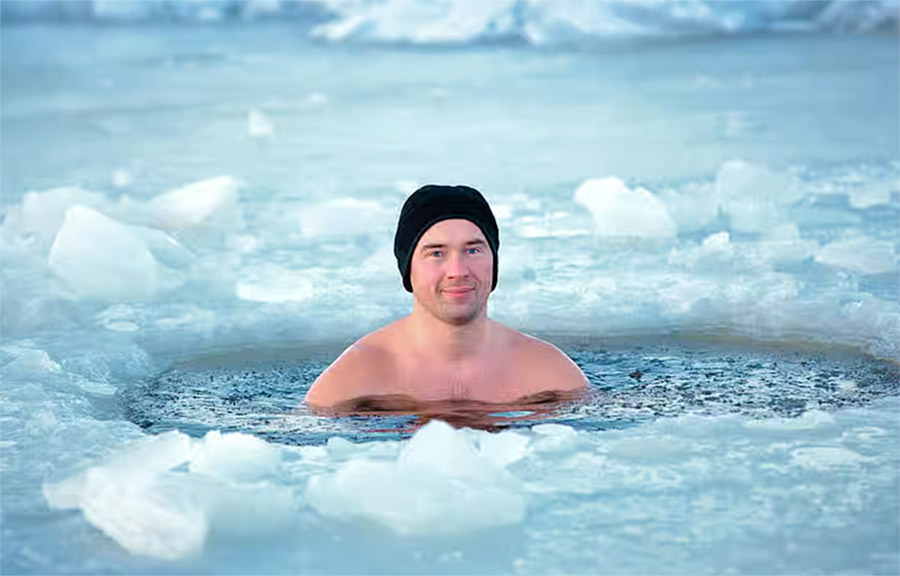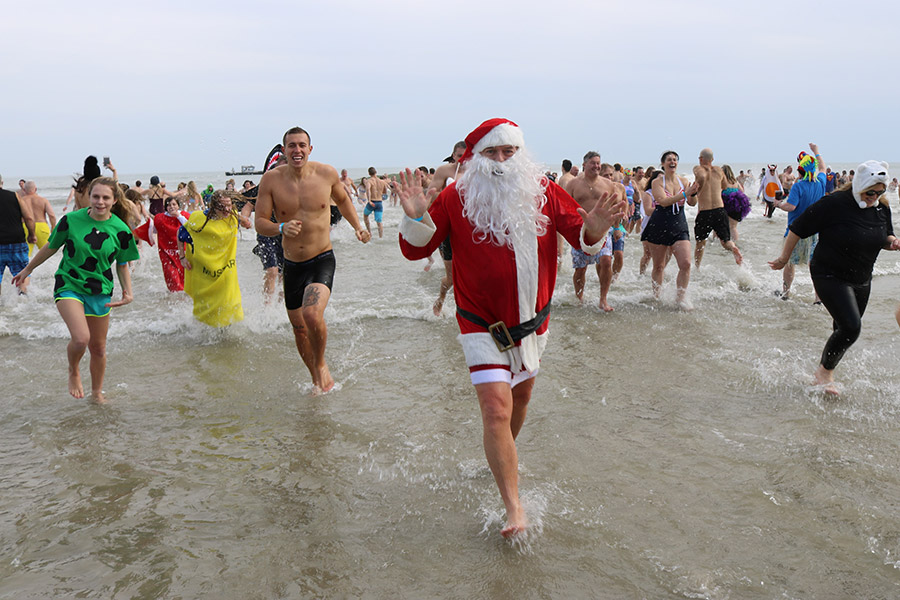New Year’s Day is traditionally considered a time of renewal and opportunity: the chance to get a clean slate and reinvent yourself with the new year. As such, many traditions and symbols have sprung up around New Year’s, but none quite so cold as the Polar Bear Plunge.
The Polar Bear Plunge is an annual event held around the world, attracting hundreds of thousands of participants in the United States, Canada, and the Netherlands every January 1. Other countries such as South Korea, the United Kingdom, and even Antarctica hold their own plunges outside of New Year’s, such as on Christmas or midsummer.

Participants gather in large groups and dive into a local body of water (usually the ocean, but as Lake George’s celebration goes to show, any icy water will do), braving the deep cold of midwinter water together like polar bears in the Arctic. Often, the events raise money for nonprofit organizations and other charitable causes.
Repeat plungers describe the experience as physically taxing, but exhilarating and excellent for stress relief. Though the scientific benefits of the plunge have yet to be proven, participants claim that it is beneficial to their physical and mental health, and that it helps them let go of anxieties from the previous year and look forward to what they want to accomplish in the new year.
America’s first recorded Polar Bear Plunge was held by the Coney Island Polar Bear Club in 1903, borrowing from the Canadian New Year’s tradition. The Coney Island Polar Bear Plunge in New York City remains one of the most popular places to take the icy dip, with the 2024 plunge performed by a record-setting crowd of thousands. Many cities and local organizations hold Polar Bear Plunges annually, or several times during the year depending on location: check around your area to see where the closest one might be.

However, due to the severe effects of cold water on the body, medical experts have misgivings about whether Polar Bear Plunges are safe enough for anyone to participate in. At the very least, children, the elderly, those with heart conditions, and those with low body weight or body fat should not participate. Being submerged in freezing water can cause cold shock, hypothermia, damage to heart tissue, and other harmful side effects.
If you take the plunge, start slow by wading in and do not stay in the water for longer than a couple minutes. Have people you trust waiting for you on the shore to watch out for you and help you, and when you get out, have warm and dry towels and clothes that you can immediately get into to warm up. Warm your feet and head first to best replenish your body heat and keep it in.
If you have any questions or concerns, feel free to contact us anytime at info@gravityintprog.com. Stay safe and healthy, and Happy New Year!






